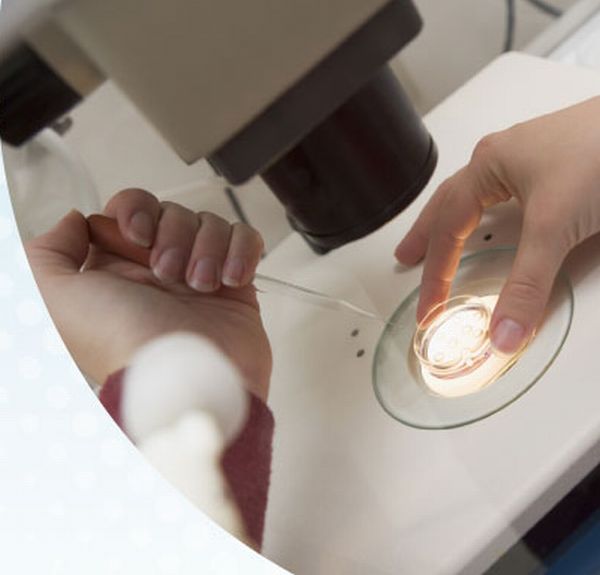
Many couples face infertility problems and have difficulty in producing children. Some of them can be treated using different kinds of treatment. But in certain cases, they may have to undergo the In vitro fertilization (IVF) treatment where the couples are not able to conceive naturally. The process involves the fertilization of the egg and the sperm in the laboratory. The fertilized embryo is planted into the woman’s body surgically for further development. Before the implantation, the embryo is tested for any kind of disease or genetic disorder. This is done through a process known as preimplantation genetic diagnosis (PGD). Like any other process this procedure too has its own advantages and disadvantages. Both the male and female donors are first genetically screened and tested for being healthy carriers. Given below is a brief of the procedure, benefits and risks associated with it.
Procedures involved in preimplantation genetic diagnosis
The procedures begin with other normal processes involved in In vitro fertilization (IVF) such as use of medications for ovary stimulation, retrieval of eggs and fertilization of the egg and sperm in the laboratory. In about three days, the embryo is divided into 8 cells. The following are the steps involved in preimplantation genetic diagnosis (PGD).
1. One cell is taken from the embryo using very small medical instruments known as pipettes.
2. The DNA is carefully retrieved from this cell. It is copied with the help of a process known as PCR or polymerase chain reaction.
3. A molecular analysis is done to evaluate the sequence code of the DNA to know if the gene inheritance is present.
After the PGD procedure is completed and the embryos are free of any kind of problems, the next step is the implantation process through the intracytoplasmic sperm injection (ICSI) or the zygote intrafallopian transfer (ZIFT).
Who benefits from the process
This process is truly beneficial because the couple can be free from risks associated with the health of the child. It prevents the passing on of any diseases to the child. People who benefit from this procedure are women who are aged 35 or more, carry some kind of sex-linked genetic disorders, have single gene defects, people with chromosomal disorders and women who experience pregnancy loss continuously. The procedure has also been used for selecting the gender. However, some people discard the embryos based on gender selection and this is causing serious ethical concerns in the society.
What does preimplantaton genetic diagnosis look for
PGD is done for finding chromosomal and genetic disorders that could place the parents at risk like birth defects or a spontaneous miscarriage. With the help of PGD, the following issues can be identified:
1. Recessive disorders that are sex-linked like fragile x syndrome, henpphilia and neuromuscular dystrophies.
2. Dominant disorders that are sex-linked like incontinentia pigmenti, Rett syndrome, vitamin D resistant rickets, and pseudohyperep arathydroidism.
3. Single disorders of the gene like Tay-sachs, Huntington disease, cystic fibrosis and sickle cell anemia.
4. Chromosomal rearrangements like inversion, translocation, aneuploidy and deletions.
Benefits of PGD
There are several advantages of using the preimplantation genetic diagnosis. Some of them are listed below:
1. Since the procedure is done before the implantation, it reduces the requirement for aminocentesis done later during the pregnancy.
2. This allows the couple to decide whether or not to continue with the pregnancy.
3. The couple can pursue for biological children that may not be possible otherwise.
4. PGD helps to reduce expenses due to the medical complications that may arise out of the birth defects.
Risks of PGD
1. A new life is created at conception. But the destruction of the embryo also means that you are destroying an individual. The PGD procedure mostly results in the destruction of a few embryos.
2. Sometimes, a defective embryo may mature and not show the disease or defect. Such kinds of conditions may have to be discussed properly with the health care professional.
3. Some genetic disorders may not show up until the child grows and matures. So the disorder can show up during a later stage in life.
The procedure of PGD has several advantages and disadvantages. So it is for the couple to decide if they really want to undergo the procedure while doing the IVF treatment. But the procedure is usually done for giving you healthy and disease free children. You can consult your doctor about this procedure and get his opinion. He will be able to guide you better and help you to follow the necessary precautionary measures.


